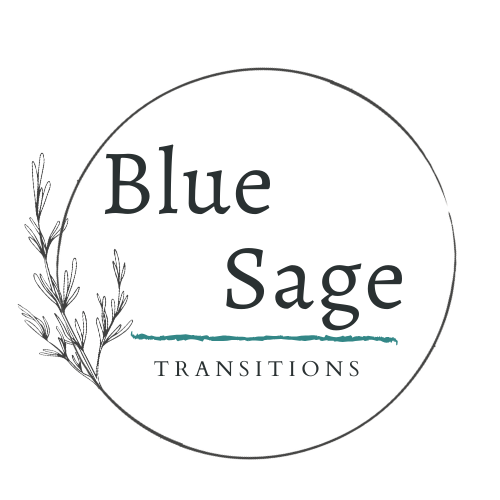In Daring Greatly, Brene Brown introduced the concept of foreboding joy:
In a culture of deep scarcity--of never feeling safe, certain, and sure enough--joy can feel like a setup...We're always waiting for the other shoe to drop...Some of us...scramble to the bleakest, worst-case scenario when joy rears its vulnerable head, while others never even see joy, preferring to stay in an unmoving state of perpetual disappointment...Both of these ends of the continuum tell the same story: Softening into the joyful moments of our lives requires vulnerability...We're trying to beat vulnerability to the punch. We don't want to be blindsided by hurt. We don't want to be caught off-guard, so we literally practice being devastated or never move from self-elected disappointment....When we spend our lives (knowingly or unknowingly) pushing away vulnerability, we can't hold space open for the uncertainty, risk, and emotional exposure of joy.
Alas, we once again have come up against the reality that our controlling self, which is trying its hardest to protect us, prevents us from experiencing joy more fully. In the case of foreboding joy, Brown offers a lovely solution: gratitude. In her words:
For those welcoming the experience, the shudder of vulnerability that accompanies joy is an invitation to practice gratitude, to acknowledge how truly grateful we are for the person, the beauty, the connection, or simply the moment before us...Yes, softening into joy is uncomfortable. Yes, it's scary. Yes, it's vulnerable. But every time we allow ourselves to lean into joy and give in to those moments, we build resilience and we cultivate hope. The joy becomes part of who we are, and when bad things happen--and they do happen--we are stronger.
A brief video appearing on Upworthy powerfully shows the human experience of increasing happiness via gratitude. I highly recommend taking the time to watch this 7-minute video since words cannot do justice to the sight and sound of the "experiment" featured in it.
http://www.youtube.com/watch?v=oHv6vTKD6lg
That said, one story in Daring Greatly brings to life this connection between joy and gratitude:
A man in his early sixties told me, "I used to think the best way to go through life was to expect the worst. That way, if it happened, you were prepared, and if it didn't happen, you were pleasantly surprised. Then I was in a car accident and my wife was killed. Needless to say, expecting the worst didn't prepare me well at all. And worse, I still grieve for all of those wonderful moments we shared and that I didn't fully enjoy. My commitment to her is to fully enjoy every moment now. I just wish she was here, now that I know how to do that."
Another powerful way into both recognizing the inherent vulnerability of being human and feeling gratitude for our lives is a Hawaiian healing practice called ho'oponopono, which I learned from Tara Brach. Although seemingly simple, this practice invites us to believe some thoughts we may very well resist. More specifically, it asks us to acknowledge and show compassion toward our pain and fear. It also asks us to view ourselves as worthy of being cherished. The practice involves saying to ourselves the following phrases:
I'm sorry.
I love you.
Thank you.
When I work with clients, I recommend saying these words even when we do not yet believe them because they begin to rewire the brain's neural pathways. In other words, we begin to interrupt the scarcity and fear driving foreboding joy with the compassion, love, and gratitude that feed sympathetic joy. For those of us who have deep circuits of negativity and fear, creating alternative pathways can be a slow, long process. The good news is that our frustration about unlearning the core beliefs that do not serve us well (e.g., "I am undeserving"; "I am inadequate"; "I am a terrible person") provides yet another opportunity to practice ho'oponopono! Compassion, dignity, and gratitude are within us and so accessible whenever we have the presence to turn toward them. Moreover, turning toward them strengthens the aspiration and actuality of healing ourselves.
